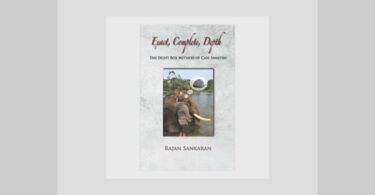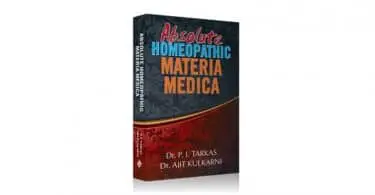
Author: Ananda Zaren
Ulrich Burgdorf Publishing
Hardback, 254 pages
(Reprinted with permission from Homeopathic Links http://www.medizinverlage.de/html/sonntag/hl/index.html)
Reviewed By: Victor Jenni
——————————————–
Visiting her seminars and watching her interview patients on video there was always a kind of mystery about how Ananda focused the case. For me, and I think for most of the other students, it remained unclear until the end of the interviews, which of the many symptoms a patient uttered were the ones she would choose to prescribe upon. Many times Ananda tried to explain her strategy of case taking, but it was difficult to understand. Therefore I am sure that all her students appreciate that she has written down her ideas making it possible to follow her ideas pace by pace. In the first volume of her materia medica she presents her approach as follows:
In any case of deep pathology there is supposed to be a WOUND (physical abuse, emotional abuse, sexual abuse, violence, abandonment, neglect, etc.). This wound to the organism is not specific for any remedy, but it is nevertheless the cause of any pathological onset. The wound induces the vital force to react in a way that is specific for every individual, depending on constitutional factors and personal characteristics, creating a WALL to protect the wound from further injury. Therefore the symptoms of the wall are the guiding symptoms we have to focus the case upon, they are the symptoms we have to choose for repertorization and prescription. As a consequence, with every symptom we have to decide whether it belongs to the wall or the MASK. The mask being the image of the patient, the way he or she would like to appear, the “persona” of the Greek theatre. If we prescribe upon symptoms of the mask, our prescription will not penetrate to the deepest level of pathology and remain superficial. So if we want to go to the very core of the patient’s pathology, we have to learn to differentiate between the different layers of pathology. It is kind of like entering into the patient’s emotional sphere and looking from within outward, trying to understand how the vital force is acting. The set of our questions in the interview will start to be completely different if we adopt this point of view, and so will be the prescription.
The work of Ananda includes a couple of remedies and presenting their symptoms according to the connection to the wound, the wall or the mask. For all homoeopaths who would like to refine their skills in the direction of understanding and feeling the patients suffering and learn to prescribe on a deeper level, this materia medica approach will be of the greatest help. There is a real novelty of understanding and explanation of materia medica, which makes me look forward to the publication of her future volumes.
Ananda describes the wound the wall and the mask in the light of materia medica of six remedies; Calcarea phosphorica, Cannabis indica, Causticum, Hyoscyamus, Medorrhinum and Silicea. Anyone familiar with Ananda Zaren’s work will know that she brings new aspects to the materia medica. She suggests for example that the wound of Calc phos is from a physical violence and psychological bullying. The picture develops from the experiences of childhood where there may have been abuse. To protect themselves the Calc phos builds a wall of great sensitivity, helplessness, disassociation and grief and despair. Their mask is one of serenity and they appear sweet and mild.
After a discussion of the development of the wall, the wound and mask, Ananda then discusses the remedy in childhood and adolescence and the general theme is summarized giving rubrics related specifically to the wound, wall and mask. The chapter ends with a differential diagnosis.
There is a spiritual as well as practical element in this book which should appease even those who tend to shy away from the so called ‘spiritual’ element in homoeopathy. It is true that homoeopathy is a science, thus we have reliable provings, laws of cure etc., which help the homoeopath to understand and assess the treatment she is giving. The dimensions of a human being however, go beyond pre-defined concepts in their understanding. The idea of the wound the wall and the mask are one of the ways in which we can penetrate these dimensions. (Ed)
Homoeopathic Links – Fall 1993
Harry van der Zee MD (v.i.S.d.P)
Corrie Hiwat
P.O.Box 68
9750 AB Haren
Netherlands







hello where can i get your book “Core elements of the material medica of the mind in Bangalore, India??? Pls reply soon